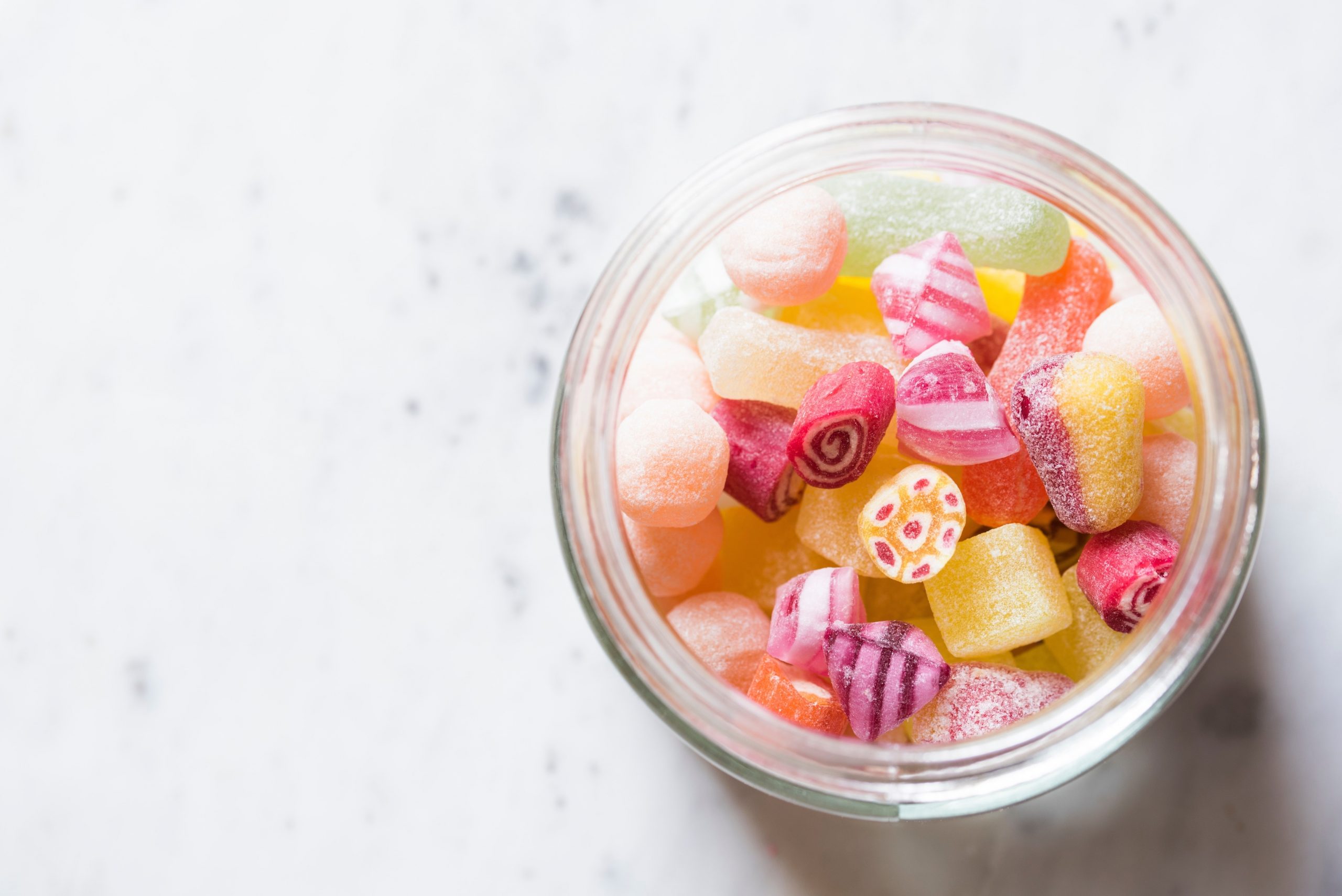
06 Apr How Much Sugar Is In Your Food?
We know that eating sugar is linked to weight gain, but a new study published in The BMJ linked consuming too with an increased risk of 45 different health issues. It was a significant study which looked at 73 meta-analyses (existing reviews of data) and 8601 unique articles.
As well as the obvious concerns like obesity and diabetes, sugar was also linked to heart disease, several types of cancer and even mental health issues like depression.
The researchers recommended a maximum of six teaspoons of sugar per day which is a lot less than many people are consuming.
WHY IS SUGAR BAD FOR YOU?
Not only is it strongly linked to obesity and a wide range of health issues, eating too much sugar affects our health and wellbeing on a day to day basis. It negatively impacts blood sugar levels, causing fluctuations that result in energy dips, issues concentrating, food cravings and mood swings. Many of the clients who come to see us for support with weight loss are also experiencing these symptoms.
It’s recommended that children under four consume no added sugar at all. But any parent will tell you that high sugar foods are everywhere. Children are exposed to them from a young age. They’re at play groups, parties and in nurseries and school meals. Giving children these foods is setting them up for sickness later in life. It’s that simple.
HOW MUCH SUGAR ARE YOU EATING?
It’s recommended that adults limit their intake to a maximum of six teaspoons per day. (This is still more than is optimal and too much for anyone who wants to lose weight). To put this into context, that’s the amount found in just nine chocolate Mini Eggs. A 90g bag (which many of us, myself included, could put away in one sitting) contains 15 teaspoons. Children should be eating much less.
Most of us know that chocolate, cakes and sweets are high in sugar. But what we are less aware of is just how much sugar is hiding in seemingly healthy foods. Foods that commonly catch people out include breakfast cereals, healthy-looking snack bars, coffee shop coffees and sauces like stir fry sauces. Not long ago I picked up a carton of organic oat milk that contained the equivalent of 17 teaspoons of sugar in the one litre carton! I had to triple check my calculations.
HOW TO KNOW HOW MUCH SUGAR YOU’RE EATING
Most of us weren’t taught how to read a food label at school and have little or no idea of how to interpret the nutrition information on the back of food packaging. But it’s an important thing to know. It’s something we teach our clients so that they can make informed choices. We can’t rely on how healthy a food might look from the front of the pack – marketing can be very misleading.
If you want to cut down your sugar intake, the first step is to get clear on how much you’re currently eating and where it’s coming from. Here’s how to know how much sugar is in your food:
STEP ONE
Check the ‘nutrition information’ on the back of the label. If the food doesn’t have a label then look it up on the Nutrition Data website.
STEP TWO
Find the ‘carbohydrates of which sugars’ row and find out how much sugar your food contains per 100g. The NHS states that anything over 22.5g of sugars per 100g is a high sugar food (in my opinion this is very high). Anything under 5g per 100g is low. Knowing this will help you see at a glance if a food is high in sugar.
STEP THREE
To work out more specifically how much sugar you are consuming, you’ll need to know how much of the food you are eating. Don’t be fooled by how much the label says is a serving. Often what you might consume in one sitting is much more than the label states as a serving!
STEP FOUR
Once you know the quantity of the food you’re eating you can work out how much sugar is in your serving. Take the amount of sugar per 100g and multiply by the amount you’re consuming. For example, if you’re eating 200g of the food, multiply the amount of sugar in 100g by 2. If you’re eating 50g, multiply by 0.5.
That’s not to imply you weigh everything you eat. Often you can simply look at how many grams are in the whole packet and make an educated guess based on what proportion of the packet you’re eating. You can always weigh odd items of food to get a better idea of what things weigh which will make it easier to guess food weights in future.
STEP FIVE
Once you know how many grams, divide by four to give the amount in teaspoons. This makes it much more real. You should be aiming to keep your intake under six teaspoons per day. The less, the better.
The more we can cook our own food from scratch using single ingredient foods, the easier it is to avoid hidden sugars.
A CASE IN POINT
- 100g Mars Bar contains 57g sugar (so you already know this is double the amount that’s considered ‘high’ by the NHS!)
- A Mars Bar is 53g
- Assuming you’re eating the whole bar, multiply 57 by 0.53 to give 30.21g
- Divided by 4 to figure out how much this is in teaspoons = 7.55.
- Now you know that your Mars Bar contains seven and a half teaspoons of sugar.
REDUCING YOUR SUGAR INTAKE
Knowing that you should be eating less sugar is one thing. Putting it into practice is quite another – cutting down can be easier said than done. Partly because it’s everywhere, partly because it can be addictive. Food addiction is real. It’s not uncommon and it’s something we see often in clinic.
If you feel like you’re addicted to sugar, or you regularly experience food cravings, it’s a sign that your body isn’t getting what it needs. Cravings and overwhelming urges to eat certain foods are not normal and you don’t have to accept them. If you’re struggling to maintain a healthy, balanced diet because you’re at the mercy of sugar cravings, we can help. You can click this link to book a complimentary call today. We can talk through your challenges and identify the best way for you to overcome them once and for all.


